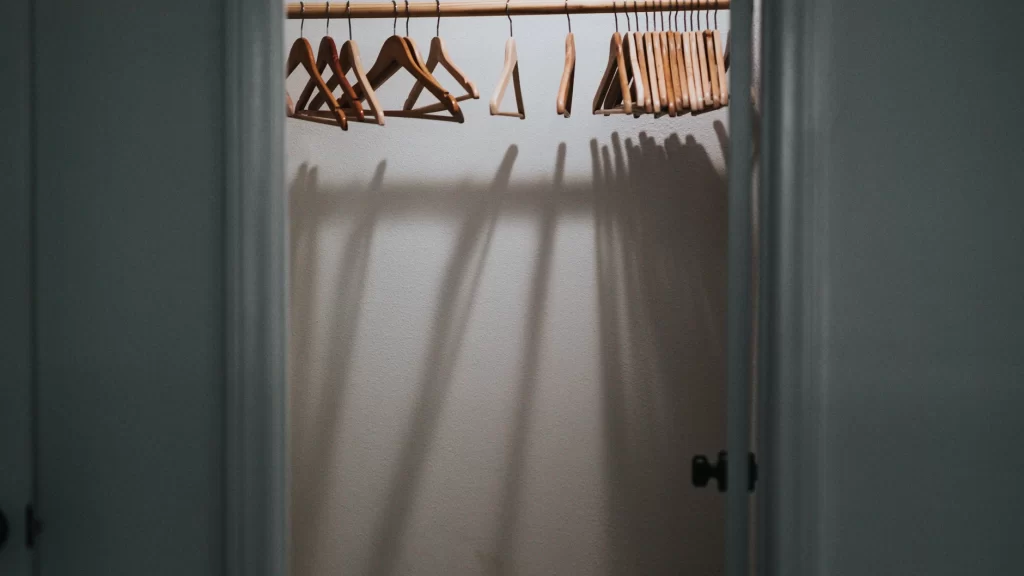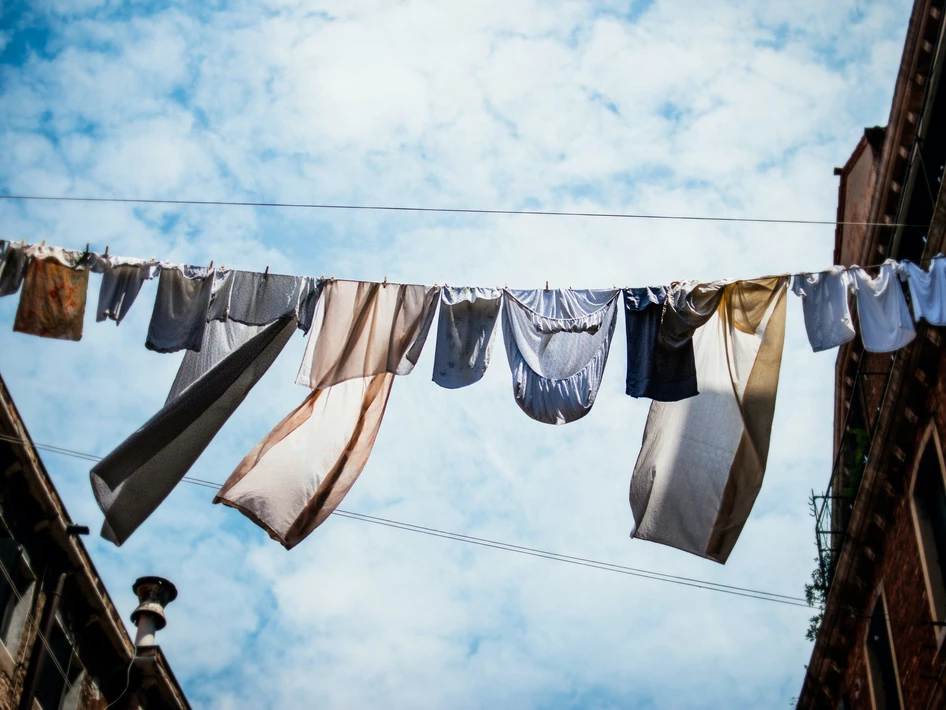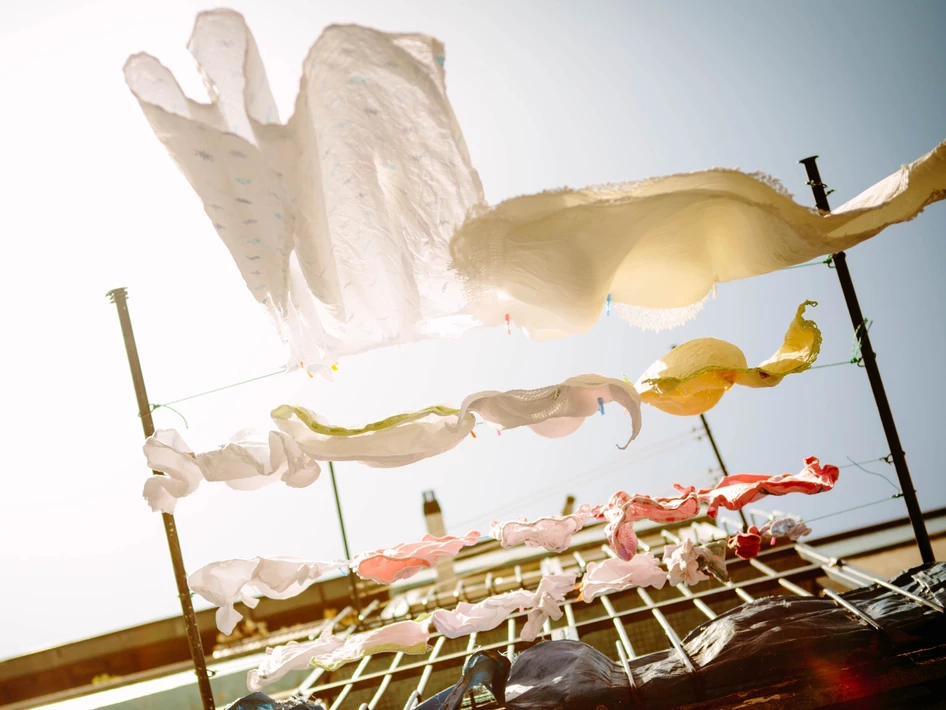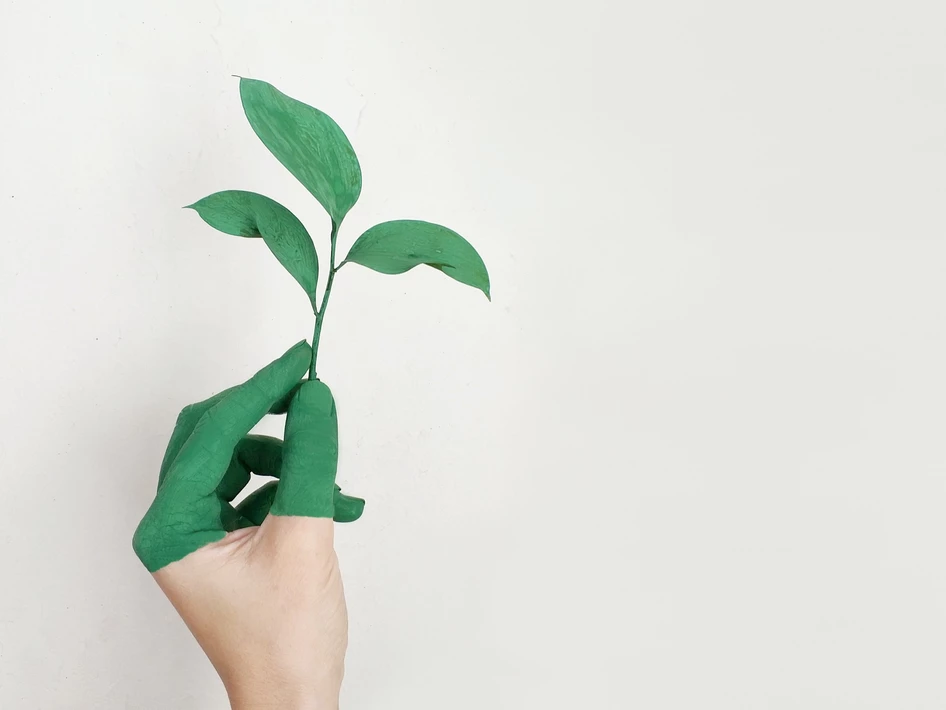Have you ever felt the more clothes you have, the more muddled your styling choices become? When I look back to a time I had fewer clothes, I realise was able to make quicker, better styling choices—choices that reflected my personal style better. Over the years, though, I’ve accumulated more than I need, and have often found myself struggle to put a look together. And this, in spite of having a fairly well-organised wardrobe. So lately, I’ve been trying to re-examine my wardrobe and simplify it—build a capsule wardrobe, if you may. These are the biggest questions I ran into, as I’m sure, will anyone else looking to make their closet more sustainable, while keeping it fashionable:
How can I make better buying decisions?
How can I better organise my closet, so all my clothes actually get worn?
How can I declutter my closet sustainably?
If you’re in the same boat as me, I did the research—and some extra homework—so you won’t have to!
BUYING BETTER

Pick quality over quantity: When an item of clothing holds a higher price value, we tend to care for it more, extending its life, making it more sustainable. Shelina Jokhiya, founder of DeCluttr Me, a UAE-based professional organizing service, and author of Can You Find It in Five Seconds?, believes luxury clothing items make for a more sustainable wardrobe, due to their superior material. Style coach Silke Ahlden recommends buying an item only when you can think of at least three ways to style it. “Be sure it’ll make a great addition to your existing wardrobe,” she elaborates.
Borrow or rent: A sustainable wardrobe is built off smart buying decisions, which are easy on the pocket. Be open to sharing clothes with friends and family—frequently, but especially for important events. That new dress is not a necessity. Next time you’re tempted to buy something new for an occasion, ask yourself: Will I be able to fully utilise this dress, or will it just sit in my cupboard afterwards? When Ahlden, who recently moved to Dubai, needed a dress for Eid, she simply borrowed it from a friend. “Something like that would have just sat in my closet, without being used,” she says. “Borrowing was the smart thing to do!”
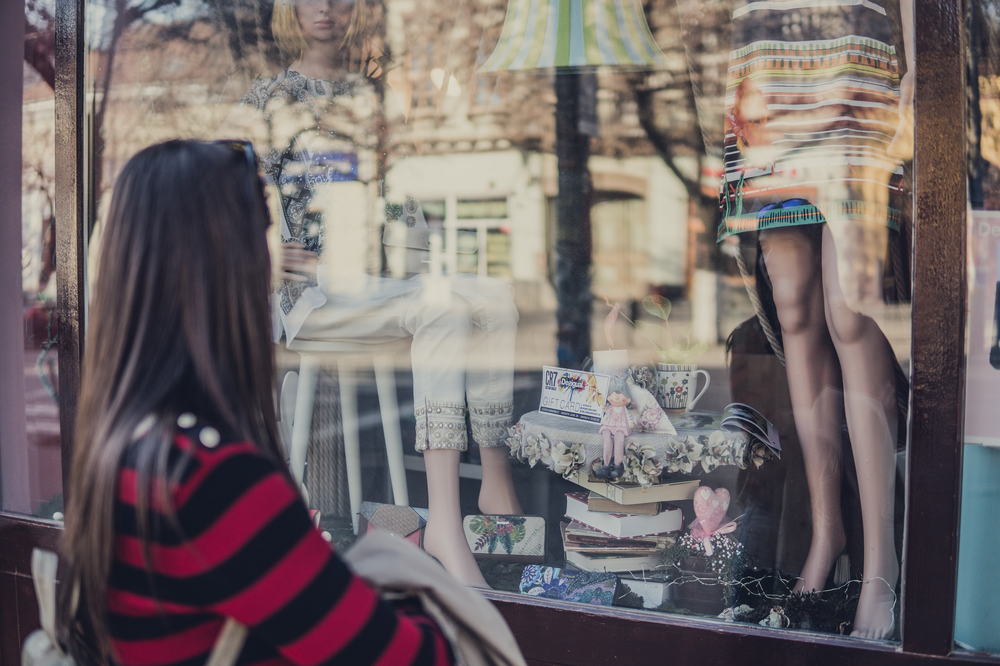
Go shopping alone: Shopping alone can seem mundane. But as someone who’s tried it, I can assure you, that’s not the case. Some years ago, I was living in another country and didn’t have many friends, so I went shopping alone and I found it refreshing. I purchased only what I loved, and I felt more content. Ahlden, who helps clients make better shopping choices, says shopping with friends can sometimes push you to buy things you wouldn’t otherwise. “Friends can have a biased view, encouraging decisions you may not otherwise consider,” she elaborates. There are also differences in taste. “Refrain from emotional shopping, or retail therapy,” Ahlden adds. “It’s less therapeutic and more cluttering!”
ORGANISING YOUR WARDROBE
Categorise your clothes: One of the first wardrobe organising hacks I picked up, along the way, was to segregate clothes by category… tops, jeans, shirts etc. Many, like our design head Rishika Goyal, prefer to sub-categorise their clothes into home clothes, party clothes, office clothes, and so on. “It saves me so much time in the mornings,” she says. Ahlden recommends turning the hanger around to indicate clothes you’ve already worn, like our operations manager, Ridhima Singh, who stacks her worn clothes separately, so she can go through all her clothes without repetition!
Arrange by colour: Jokhiya recommends organising by colour gradients, moving from white to yellow, orange, all the way to black. “It makes it easier to see your clothes and understand what colours you use the most,” she explains. For prints and heavier clothes, she suggests considering the base colour. “I then sub-organise based on the main print colour, but that is just me being pedantic,” she adds. “Though that does work better if your eye naturally catches the print colour rather than the base colour. The key is to organise so you can put your look together in under five seconds!”
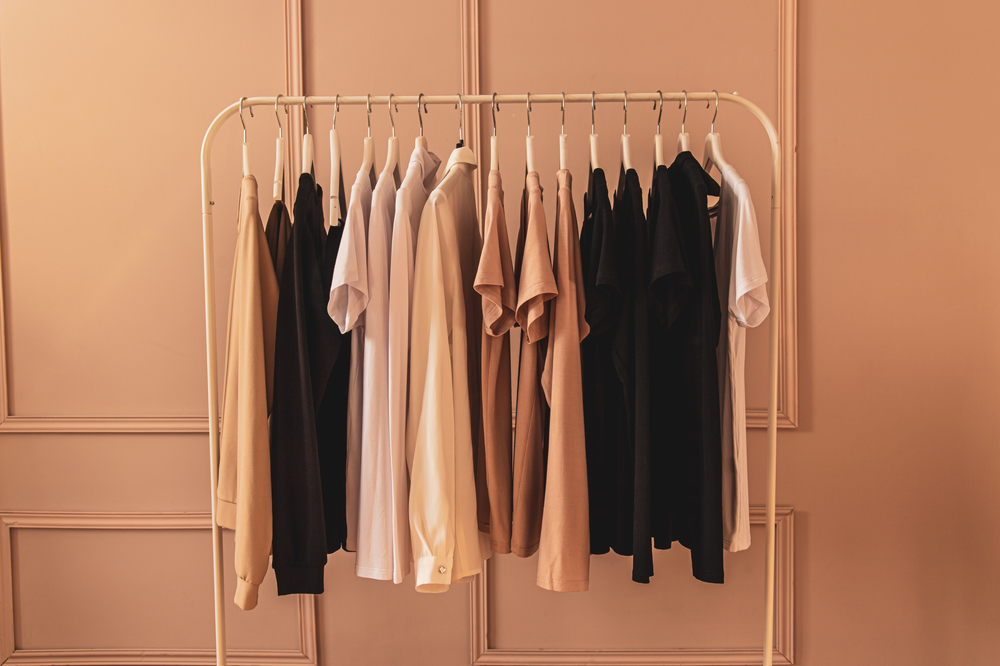
Make your clothes stand out: If you have enough hanging space, put the full outfit on one hanger, so you can see it easily and quickly. “The items you wear often should be easily accessible,” Jokhiya guides. “If hanging is not possible, fold and store them on the lower shelves.” Work around space limitations by storing occasion wear and embellished items in saree/kurta bags (available online as well as at local stores), on higher shelves. “Label the bags so you know what’s inside, for easy access,” Jokhiya says.
Editor Prerna Singh Butalia, a proud owner of numerous handcrafted sarees, prefers to split up her ethnic wear, storing her sarees and blouses separately. “It makes it easier to mix and match and experiment and update your look,” she says. “I roll up my blouses and keep them standing in a drawer, so I can see them all at one glance, and decide which will work best with the saree I have at hand.” This way, more pieces get worn. And as we know, wearing your clothes more often is key to a sustainable wardrobe!
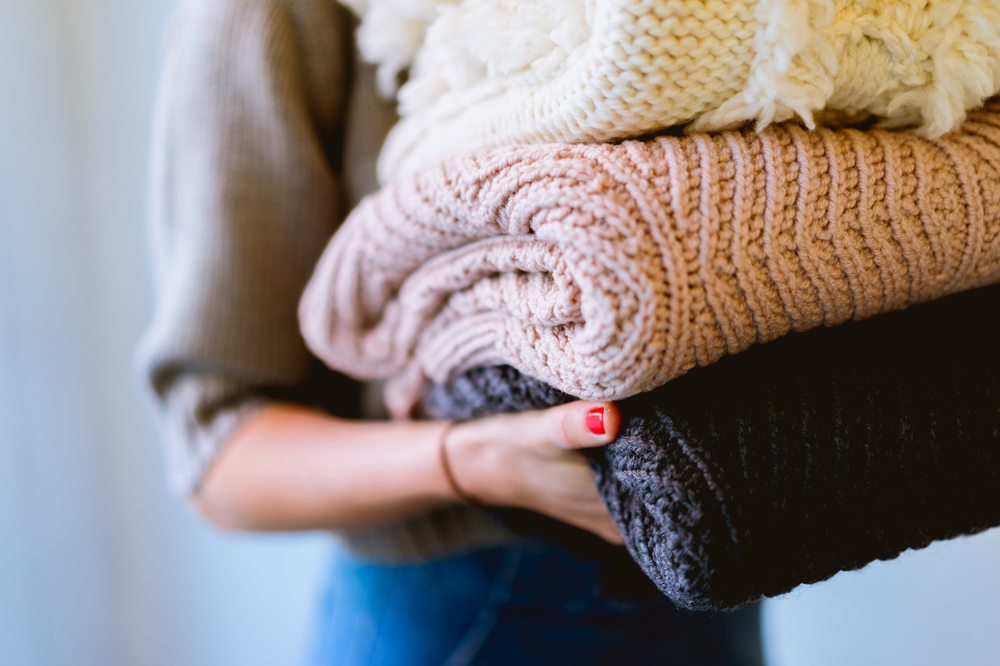
Store them right: Looking after your clothes is critical to keeping things sustainable. Stack your clothes as per the season. “Put the items more in use at the time, on the lower, easier to access shelves, and store the other items at the top,” says Jokhiya. “Swap the arrangement when the weather turns.” You can use boxes to store items you don’t use often. “But woollen items must always be folded to ensure they retain their shape,” Jokhiya instructs.
STYLING SUSTAINABLY
Be your own person: “Our personal style is constantly evolving—we carefully curate our image, from time to time,” says Ahlden. Regardless, most of us can agree we often fall prey to trends, which only serves to separate us from our personal style. Take jeans, for example. “Jeans are a classic, having survived the test of time, and finding pride of place in every wardrobe,” states Ahlden. And yet, from time to time, we’ve been told how we should wear ours—skinny, straight, distressed, bootcut… At the end of the day, jeans are jeans. So, step up, own and wear them however you’re comfortable.
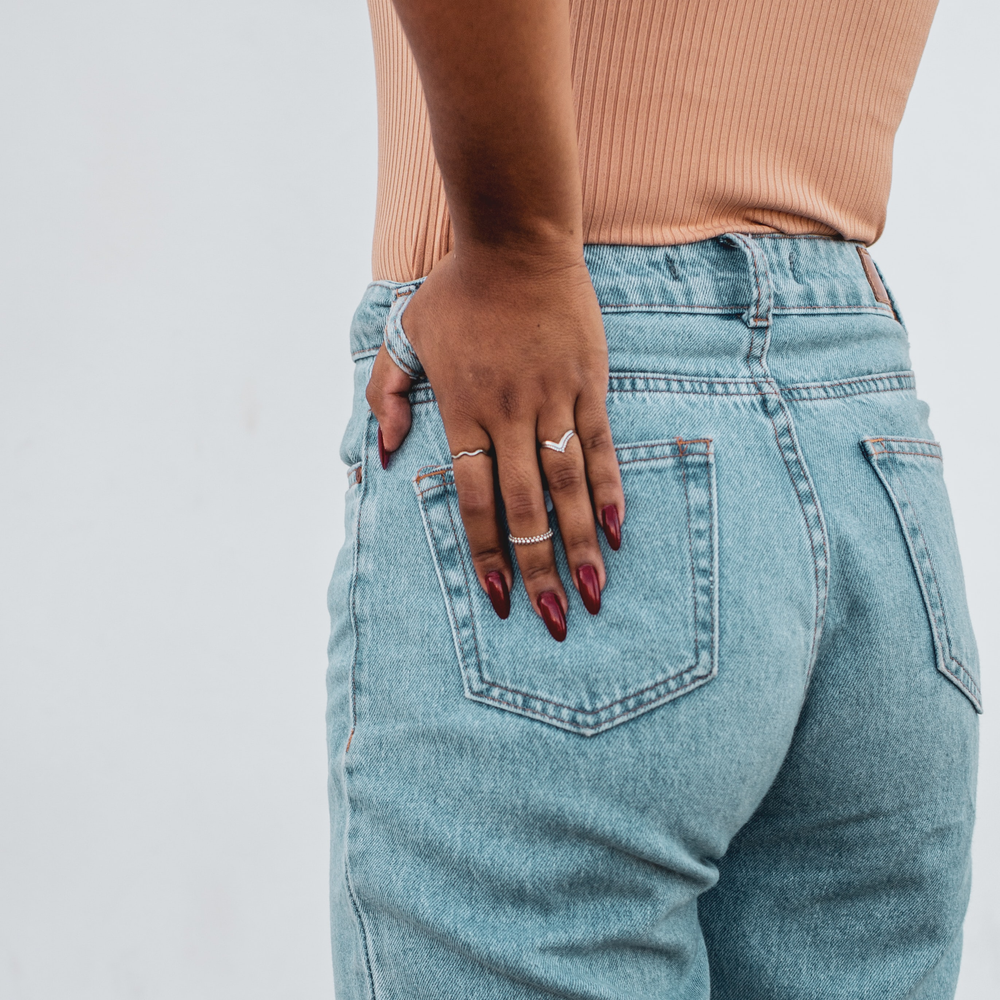
Be a proud repeater: For far too long now, popular culture has dictated that once an outfit finds its way into the public eye or onto social media, it cannot be repeated. But take a leaf out of the books of celebs like Jane Fonda, Joaquin Phoenix and, more recently, Rickey Kej, and repeat your outfits with panache. For weddings, Ahlden recommends borrowing an outfit for at least one of the functions. “The only caveat is, you have to be convinced it’s the positive thing to do,” Ahlden says.
Don’t be afraid to experiment: “Break it up, mix and match, elevate that casual look,” Ahlden reveals the secret to developing a new look. With ethnic wear, too, don’t stick to buying in sets—tap into that creativity and navigate your style with your buying choices.
DECLUTTERING CONSCIOUSLY
Pick your essentials: Capsule wardrobes are limited to choose and personal style, says Ahlden. If you find yourself reaching out for the same set of clothes, time and again, those might be your capsule wardrobe. “Pick any 10 items out of your wardrobe that you’d pick if you were going for a trip or say a fire broke out,” she adds, on how to choose your capsule wardrobe effectively. It can be an extremely emotional process as we might have to part with some memories, too. “Kiss your clothes goodbye and part with them,” she suggests.
Share, donate or resell: Marie Kondo and The Minimalists may have popularised decluttering, but the how of it is critical to sustainability. So, what do we do with what we no longer wear? You can swap or share them with your family members (make sure to ask them first), give to your domestic help and even donate to charity—so long as they’re in wearable condition. A swap party with your friends or colleagues is a great idea! With thrift shops gaining momentum, you can also resell your clothes.
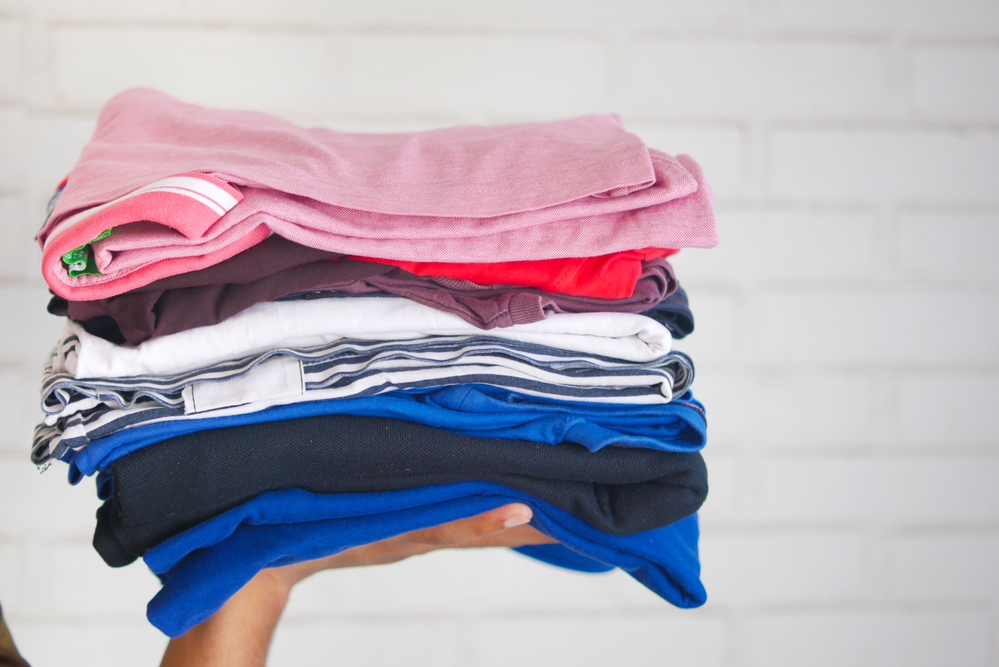
Trash sensibly: And what do we do with clothes that have reached their end of life? If they’re made of natural fibres, composting them is best. For the rest, Karthik Natarajan, who works with Bengaluru-based Hasiru Dala, an organisation that engages with sanitation workers and ragpickers, emphasises quality waste segregation. “You can give the clothes to your waste picker, and they will handle the rest,” he says. “But segregation is key. Your garment waste cannot be mixed with your wet waste. Make a separate bag and make sure to tell your garbage picker what the contents are. Waste clothing is mostly used as scrap for felting, or is converted into carpets.”

